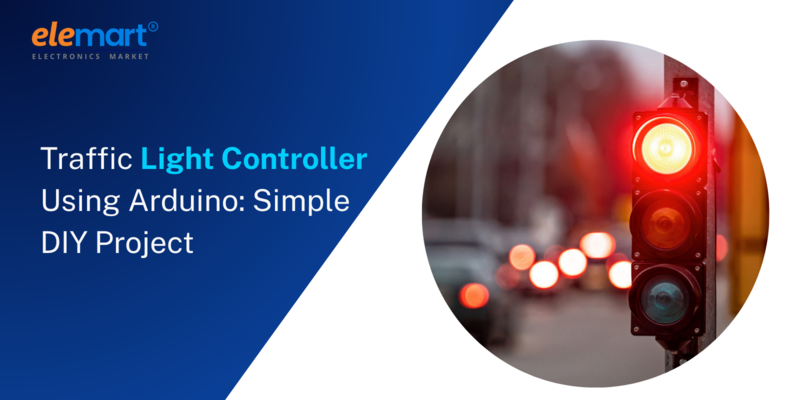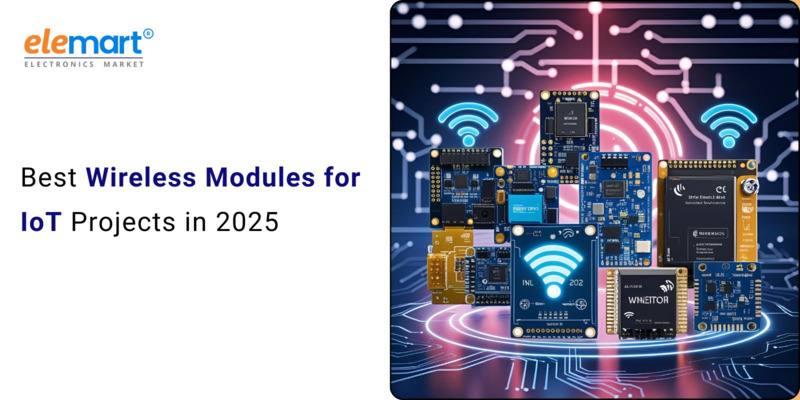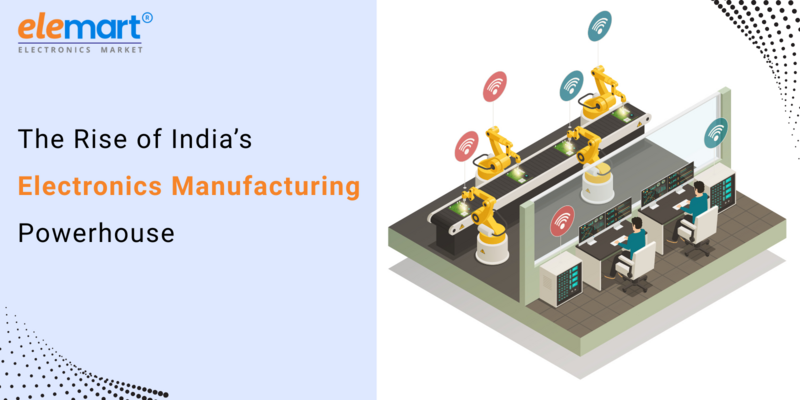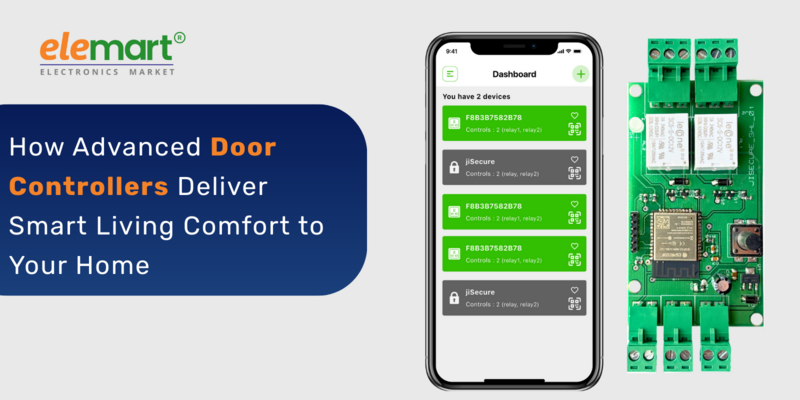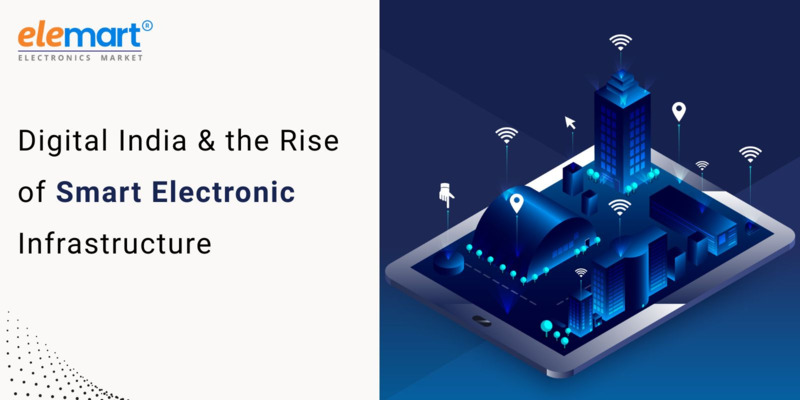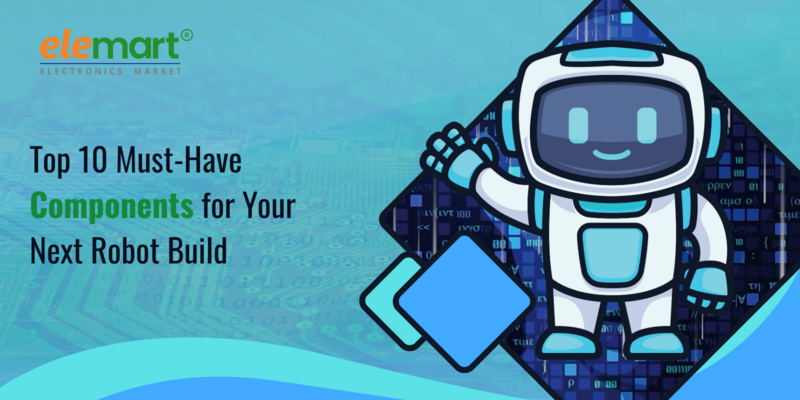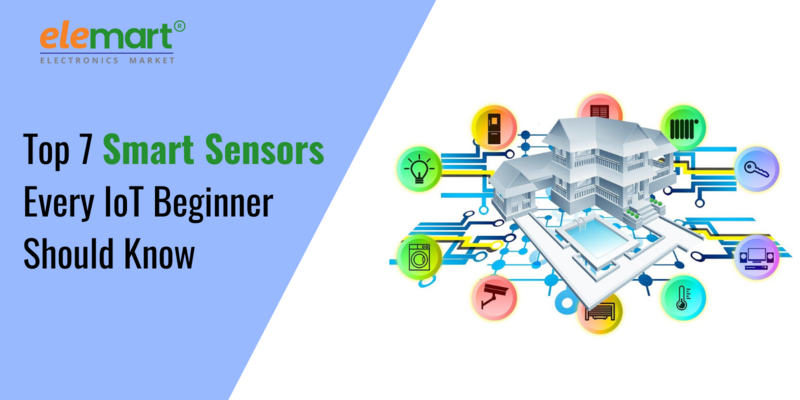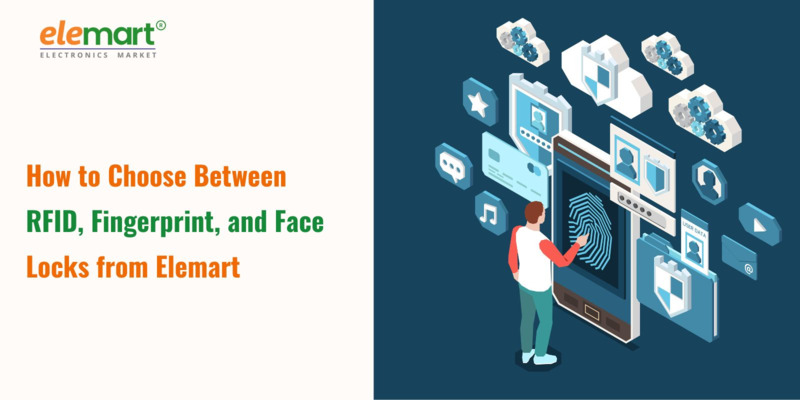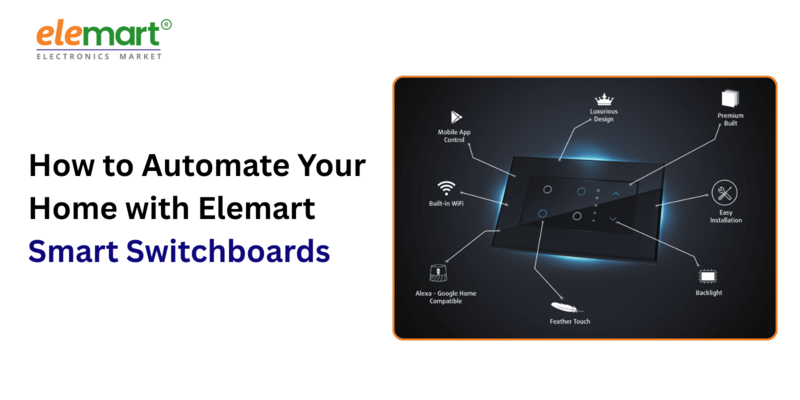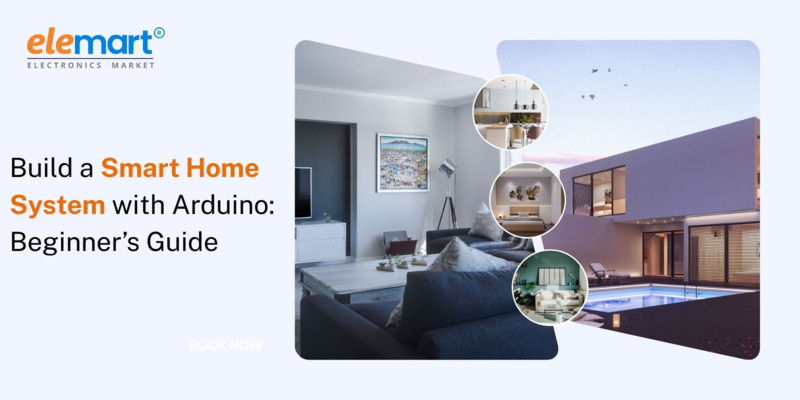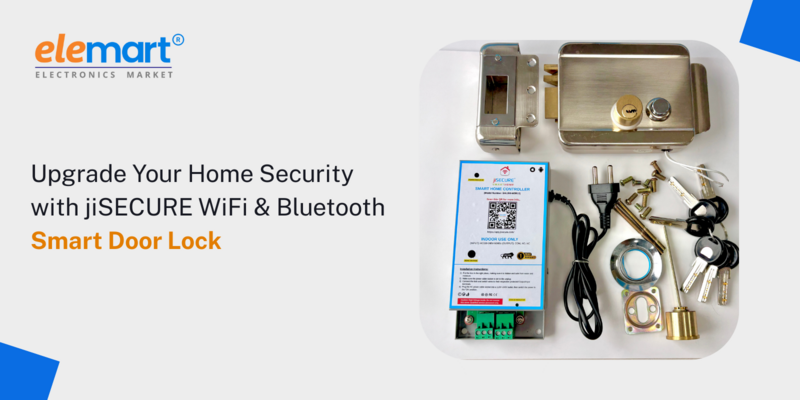- Jun 13, 2025
- Smart Home
- 357
Share this post on:

In today’s fast-paced world, where time is a luxury and efficiency is paramount, the concept of a smart home has evolved from a futuristic idea to a practical reality. Total Home Control, powered by smart devices, offers homeowners unparalleled convenience, security, and energy efficiency. This comprehensive guide delves into the transformative power of smart home technology, exploring its benefits, components, and how it can revolutionize your daily life.
Understanding Total Home Control
Total Home Control refers to the seamless integration of various smart devices and systems within a home, allowing homeowners to manage and automate functions such as lighting, climate, security, entertainment, and appliances through a centralized platform. This integration enhances convenience, improves energy efficiency, and provides greater control over home environments.
The Core Components of a Smart Home
A truly connected home comprises several key components that work in harmony to provide comprehensive control:
1. Smart Lighting
Smart lighting systems enable homeowners to control the brightness, color, and timing of lights remotely or through automation. Features like motion sensors and voice control further enhance convenience.
2. Smart Thermostats
These devices learn your temperature preferences and adjust heating and cooling accordingly, optimizing comfort and energy usage.
3. Smart Security Systems
Including cameras, motion detectors, and smart locks, these systems offer real-time monitoring and remote access, ensuring enhanced security.
4. Smart Appliances
From refrigerators that suggest recipes to washing machines that optimize cycles, smart appliances add efficiency and convenience to daily chores.
5. Smart Entertainment Systems
Integrated audio and video systems allow for centralized control of media devices, creating immersive entertainment experiences.
Key Benefits of Total Home Control
1. Enhanced Convenience
With centralized control, homeowners can manage various aspects of their home from a single interface, whether it's adjusting the thermostat, controlling lights, or monitoring security cameras.
2. Energy Efficiency and Cost Savings
Smart devices optimize energy usage by adjusting settings based on occupancy and time of day, leading to reduced utility bills.
3. Improved Security
Real-time alerts, remote monitoring, and automated security features provide peace of mind, knowing your home is protected even when you're away.
4. Customization and Personalization
Create personalized settings and routines that align with your lifestyle, such as setting the lighting and temperature for different times of the day.
5. Remote Access and Control
Manage and monitor your home from anywhere in the world, ensuring you have control at your fingertips.
Real-Life Applications of Smart Home Technology
1. Morning Routine Automation
Imagine waking up to gradually brightening lights, a warm bathroom, and your favorite music playing—all set to your preferences. Smart home systems can automate these routines, starting your day on a positive note.
2. Vacation Mode
When you're away, smart devices can simulate your presence by controlling lights and blinds, deterring potential intruders and giving the impression that someone is home.
3. Energy Monitoring
Smart meters and appliances can track energy consumption, providing insights into usage patterns and suggesting ways to reduce waste, contributing to both cost savings and environmental sustainability.
Choosing the Right Smart Home System
Selecting the appropriate smart home system depends on factors like compatibility with existing devices, ease of use, and specific needs. Popular platforms include:
Amazon Alexa: Offers voice control and integration with a wide range of devices.
Google Assistant: Known for its robust search capabilities and device compatibility.
Apple HomeKit: Provides a secure and user-friendly interface, especially for Apple device users.
It's essential to ensure that the chosen system supports the devices you intend to use and fits seamlessly into your lifestyle.
Overcoming Challenges in Smart Home Integration
While the benefits are substantial, integrating smart home technology can present challenges:
Compatibility Issues: Not all devices work well together. It's crucial to choose products that support common standards like Matter, which ensures interoperability.
Privacy Concerns: With increased connectivity comes the risk of data breaches. Implementing strong security measures and understanding privacy policies are vital.
Initial Costs: The upfront investment can be significant. However, the long-term savings and benefits often outweigh the initial expenditure.
The Future of Smart Homes
The future of smart homes is promising, with advancements in artificial intelligence, machine learning, and the Internet of Things (IoT) driving innovation. Upcoming trends include:
AI-Powered Automation: Devices that learn and adapt to your habits, offering more intuitive control.
Enhanced Security Features: Advanced facial recognition and biometric access for improved safety.
Sustainable Living Solutions: Integration of renewable energy sources and smart grids for eco-friendly homes.
Conclusion
Total Home Control through smart devices is more than just a trend—it's a transformative approach to modern living. By embracing smart home technology, homeowners can enjoy enhanced convenience, improved security, and significant energy savings. As technology continues to evolve, the possibilities for creating a personalized and efficient living environment are limitless.
